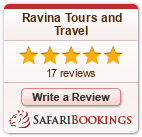2 Week Tanzania Zanzibar Itinerary.
Tanzania, home to the expansive Serengeti National Park and the breathtaking Ngorongoro Crater, is home to some of Africa’s largest concentrations of species, ready to amaze you with some amazing sights. Some of Africa’s greatest concentrations of species may be found in these unique settings, which are home to the vast Serengeti National Park and the magnificent Ngorongoro Crater. These places are sure to astound you with some incredible sights.
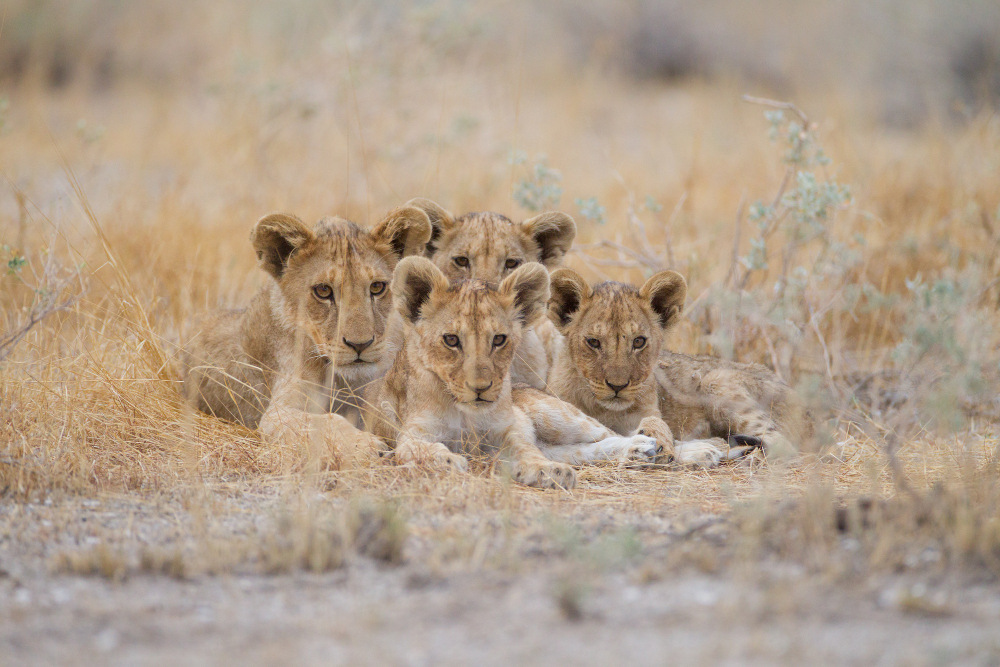
Why Choose Tanzania as a Destination
The renowned Serengeti National Park in Tanzania is the location of the breathtaking Great Migration, when millions of gazelles, zebras, and wildebeest move over the plains in a cycle of life and death.
Beyond the Serengeti, some of Africa’s largest concentrations of large animals, most notably the Big Five (lions, leopards, elephants, rhinos, and buffalo), may be found in the Ngorongoro Crater, the caldera of an extinct old volcano. It is unlike anything else on Earth!
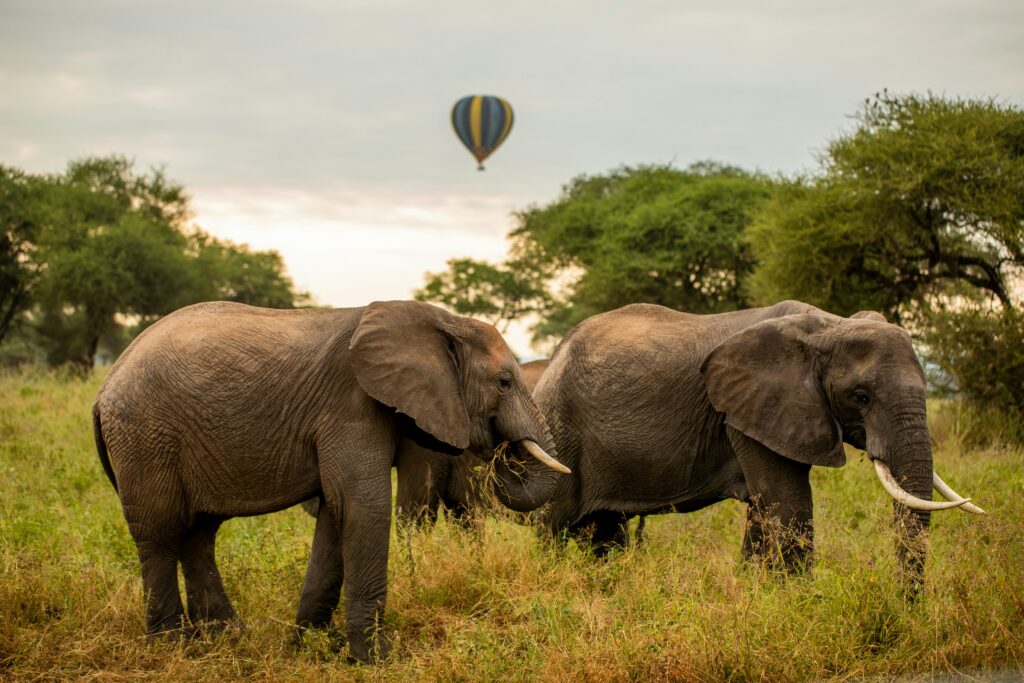
In addition to being a popular safari destination, Tanzania is home to Mount Kilimanjaro, Africa’s highest mountain, and the island of Zanzibar has some of the continent’s best beaches, so there is truly something for everyone.
How to do a Tanzania Safari Booking
It can be difficult to choose and reserve a Tanzania safari because there are so many game parks, hotels, camps, tour companies, and safari varieties, especially for first-time travelers.
However, there’s no need to worry; I’ll give you a summary of each of your four booking choices in this part, along with my personal preference.
Option 1: Self-Drive Safari
Visitors are permitted to drive around a few of Kenya’s national parks and wildlife reserves.
Self-driving safaris appear to be a fantastic way to save money and provide a great deal of flexibility. All you have to do is rent a car, purchase your park admission, and go exploring, right?
Sort of. Even though self-driving cars might seem like a fantastic idea, there are a few advantages and disadvantages to consider before making your choice.
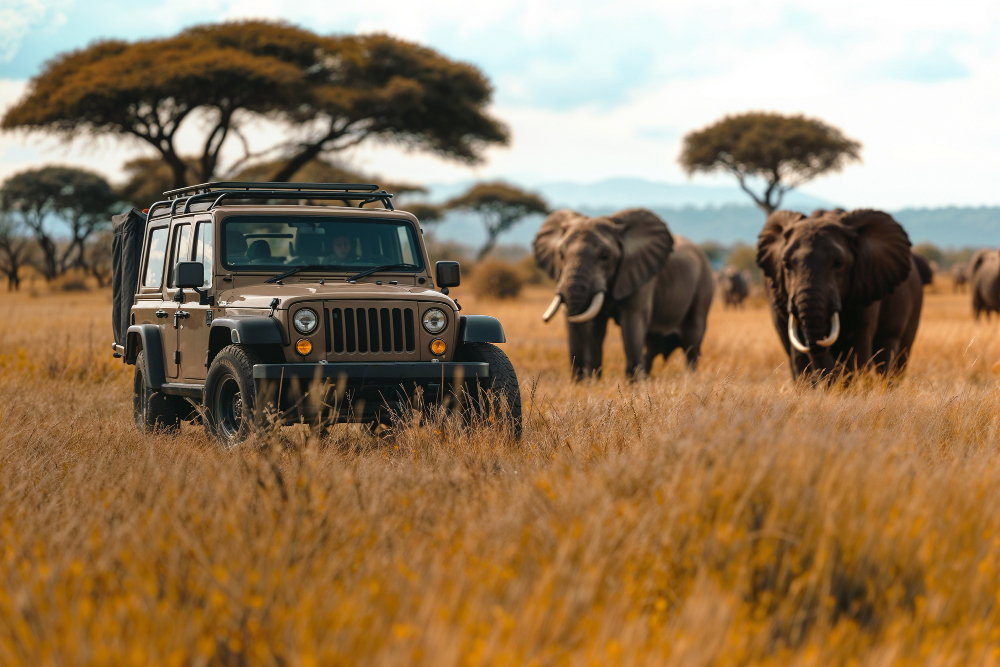
Your ability to identify animals is the first and most crucial item you should consider. There, be truthful with yourself.
When it comes to identifying animals, a local guide can be really helpful. You can find animals with the assistance of guides that you otherwise would not have seen. You have a far better chance of seeing specific animals since they have a network of other guides who can tell them where they are.
Your safari budget is the second thing to think about. On safari, driving yourself could seem like a terrific way to save money, but when you sum everything up, the savings are not as large as you might first believe.
In contrast, Tsavo costs $61 during the high season and $41 during the low season, whereas Amboseli charges $118 during the hot season and $94 during the low season. These costs are per person, per day, and inclusive of tax.
If you intend to visit several parks during your two-week Kenya safari (which I strongly recommend), these expenses quickly mount up.
Whether you have a safari reservation with a travel operator or are going on a self-drive safari, the costs are the same. When calculating the total cost of a self-drive safari, keep in mind that the park fees are typically included in the tour price offered by the majority of tour companies.
Logistics-wise, you’ll need to rent a 4×4. Gas and car rentals can get expensive. Along with being reasonably adept at navigation to avoid getting lost in the parks, you’ll also need to grasp the fundamentals of car maintenance in case you have any problems while on safari.
Option 2: Local Tour Operator
Booking through a local tour operator is, in my opinion, a no-brainer after attempting self-drive safaris and making reservations through both domestic and foreign agencies!
The people on the ground are local tour providers. With a local guide, you’ll see a lot more creatures than you would on your own, and the best ones are intimately familiar with the areas they work in and can handle even the slightest nuances!
Additionally, their cost is not significantly higher than that of a do-it-yourself self-drive safari. Except for your driver’s guide, prices are essentially the same.
However, depending on the local tour operator you choose, your safari experience can vary significantly, so it’s important to do your homework and make an informed decision.
To see what other people have experienced, I advise reading as many guest reviews as you can on Google and Tripadvisor. This is among the best methods to determine if you want to make a reservation with a particular supplier.
As an alternative, you may hire a seasoned travel planner like me to help you go through the various tour alternatives and select the one that’s ideal for you.
Option 3: International Travel Agents
Using an overseas travel agency is an additional choice if you’re not sure that making your reservation through a local operator is the best course of action.
These foreign agents will take care of any problems that come up before, during, and after your trip and can assist you in booking your complete safari from beginning to end.
All of this additional assistance, though, can have a price. In terms of dependability and customer service, making a reservation through an international travel agency can seem like the “safest” choice, but it’s crucial to understand that the majority of foreign tour operators are merely acting as middlemen on safari excursions.
International agents typically mark up the price and then sell it to you after working with local tour operators. The only significant variation is the cost of your safari; otherwise, the final experience is typically the same. So, if you’re on a tight budget, keep that in mind!
International tour operators have the advantage of typically being “bonded,” which theoretically protects your money if they fail before your trip.
Option 4: Fly-In Hotel Safaris
Fly-in safaris are an additional choice if you are time-constrained and have a large budget.
Using light planes, these upscale safaris take visitors throughout a region or nation. Even if you only have a little holiday, this enables you to see a huge area.
Additionally, since you won’t have to drive between parks, you’ll have more time to spend in each reserve. Following your flight, you will drive 4X4s around the parks, enjoying an experience akin to that of a typical driving safari. Be aware, though, that hotel game drives are usually not private, so you will have to share your car with other visitors and vie for the finest views.
For those who wish to pack as much as they can into their trip, fly-in safaris are a good choice. But it makes sense that they are among the priciest excursions available; the cost of the safari package is significantly increased by all those quick flights!
Cost of a Tanzania Safari
The cost of a Tanzania safari depends on several variables, including lodging, park admission, and particular activities. The following, however, will provide you with a reasonable approximation of safari expenses if you make a reservation with a local operator.
Check out my most recent guide to Tanzania safari pricing for a more thorough cost breakdown.Private safari tours typically start at about $300 per person per day. This covers lodging, admission to the park, all meals, transportation, and all activities. The mid-range will cost you about $400 a day, while the luxury end might cost you up to $600 or more.
Best time to go on a Safari in Tanzania
Tis a year-round vacation spot with something special to offer each month.
Selecting the ideal time to go on a safari in Tanzania is crucial to guaranteeing a memorable experience. Almost any time of year is a wonderful time to visit this East African jewel because it offers a variety of landscapes and wildlife spectacles. You may select the ideal time of year for your safari trip by being aware of the subtleties of Tanzania’s seasons and how they affect the behavior of the wildlife.
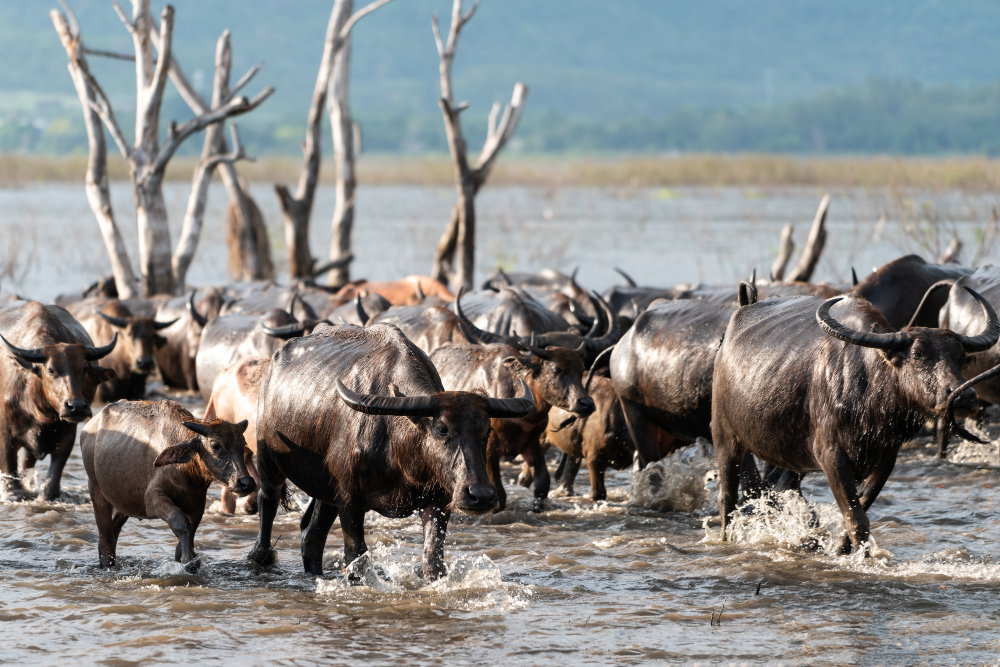
Most people agree that the best time to see Tanzanian wildlife is during the dry season, which runs from June to October. Animals gather along rivers and waterholes as water supplies are available
become limited, providing you with some amazing photo opportunities, while the thin foliage enhances visibility.
The spectacular river crossings in the Serengeti during the Great Wildebeest Migration, which attracts people from all over the world, also take place around this time. It is both breathtaking and heartbreaking to see herds of zebras and wildebeest brave crocodile-infested rivers.
Duration One Can Spend in Tanzania.
What you can see and do on your Tanzanian adventure greatly depends on how long you want to stay. There is an itinerary to fit your schedule, allowing you to make the most of your time in the country, regardless of whether you have a long weekend and are merely searching for a 3-day itinerary, or you have five days to experience a safari.
However, if you want to make the most of your trip, you need to spend at least 7–10 days on safari in Tanzania. Two weeks is a great amount of time for an even more immersive trip where you are exploring at your own pace.
Tanzania Safari Logistics
The majority of the safari logistics will be handled for you if you made your reservation through a travel agency or tour operator.
You will still need to make arrangements for a few remaining items, though. These consist of prescription drugs, immunizations, and visas.
visa
To enter Tanzania, visitors from the UK, Canada, Australia, and several European nations need a single-entry visa. $50 for a single-entry visa, which can be applied for online ahead of time to prevent delays at the airport or on arrival.
However, visitors from the United States must obtain multi-entry visas. These can be bought online or in person, and they cost $100.
Since clearance takes several weeks, it is best to submit a month or two before your trip.
Vaccines
There is little chance of yellow fever in Tanzania, and no vaccination record is needed. A Yellow Fever certificate is necessary, nevertheless, if you are traveling from Kenya, Uganda, or another high-risk region, or if you have already passed through an airport in one of those nations.
You should review the list of recommended vaccinations and see your physician several months before your trip, even if no further immunizations are required to enter Tanzania.
Your doctor might suggest vaccinations against typhoid, diphtheria, meningitis, and hepatitis A and B.
Medications
Precautions are required because Tanzania is a high-risk location for malaria, especially during the rainy seasons.
First, because side effects can vary, find out which anti-malaria tablets are right for you by consulting your doctor or pharmacist. In addition to taking medication, the best defense against getting bitten is to take a few simple precautions. Wear appropriate clothing, especially at night, and carry lots of bug repellent.
You must also bring any usual medications you use. Be careful to pack enough for the duration of your journey.
Before departing, ask your pharmacist what they suggest if you are prone to travel and altitude sickness on lengthy road trips or flights.
2-week Tanzania Safari
You will undoubtedly want to make the most of your stay in Tanzania because it is a huge country with a wealth of breathtaking wildlife, natural and cultural sights to visit! Especially in light of the money spent and the progress you’ve made.
After making several journeys and considering the suggestions of both natives and other travelers, I have meticulously crafted this three-week itinerary for Tanzania.
This schedule not only covers the best safari experiences, hidden treasures, and attractions of the nation, but I’ve also made sure to factor in some downtime.
After all, three weeks is a long time to travel over the lengthy highways of this large country, and to prevent burnout, you’ll need some downtime in between hectic safari days.
The powerful Serengeti is arguably the itinerary’s high point. When it comes to postcard renown, the Serengeti surpasses all expectations. Here, the excitement of the chase is paramount, as is tracking the hoofs of the migrating wildebeest and snooping on large lions as they go about their business.
However, bouncing about in a 4×4 isn’t the only activity. After your safari fix, travel to Zanzibar, where leisurely beach days replace lion chases. This spice island combines history, cultures, and some of the most beautiful waters you’ve ever seen. It teaches you to calm down, enjoy the present, and perhaps even improve your negotiating skills in Stone Town’s winding marketplaces.
2 weeks Tanzania Itinerary
Day 1: Arusha
Kilimanjaro International Airport to Arusha is 45 minutes away by car (not including game drives). The activities you engage in today will determine the precise driving time.
Depending on the time of your trip, your Tanzanian experience may begin as soon as you touch down.
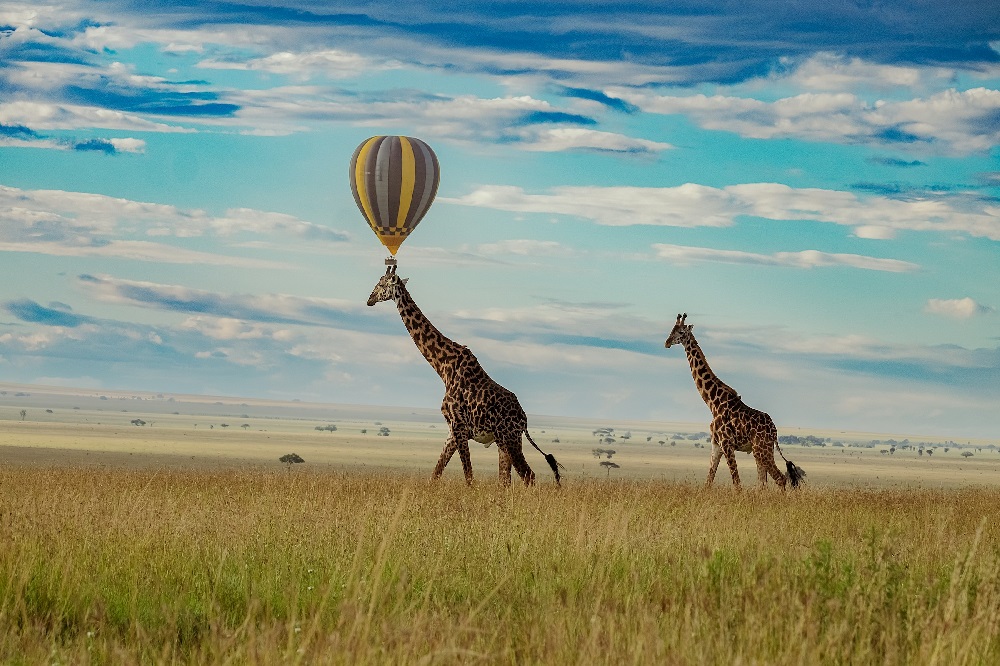
With a visit to some of the local sights or a relaxing day at your hotel, early arrivals provide the ideal chance to get right into Tanzania and experience the splendor of Africa. The promise of adventure awaits you at dawn, so those who arrive later can spend the evening getting settled in their lodging.
Day 2: Tarangire N.P
Start your day by leaving Arusha early so that you can travel towards Tarangire National Park while enjoying the morning breeze. About three hours will pass during the drive.
Go on a full-day game drive as soon as you arrive. With grassy savannas, marshes, and the river itself serving as an animal lifeline, the landscapes here are remarkably diverse. Large herds of elephants, giraffes, buffaloes, and, if you’re lucky, a glimpse of the elusive leopard can all be seen during the day.
Return to your lodging just outside the park after a day of seeing wildlife, where the sounds of the African wilderness will lull you to sleep under the stars.
Day 3: Tarangire N.P
You will go on safari in Tarangire National Park for the entire day today.
There will be a ton of animals to see during your day at Tarangire. During a full-day game drive, you will get the opportunity to interact closely with some of Africa’s most recognizable creatures. Check for elephants. You gambled on lions. Not to mention the numerous bird species, zebras, and giraffes.
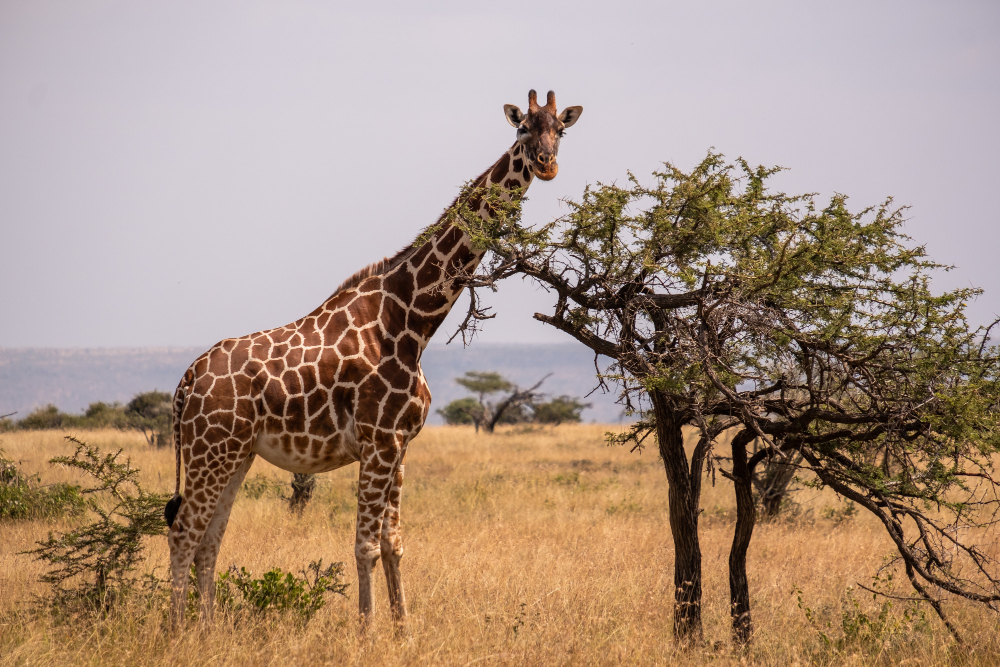
Even if you’re not a bird freak, you’re going to become one soon since Tarangire is a bit of an underappreciated hero when it comes to birding.
A picnic lunch at a picturesque location with a view of the Tarangire River would be a great way to break up your safari.
Leave the park as the day begins to cool off and travel to the bustling town of Mto Wa Mbu. With its glimpses of rural life and the breathtaking scenery that makes Tanzania so amazing, this drive is a mini experience unto itself.
Day 4: Lake Manyara N.P
In Lake Manyara National Park, where a landscape brimming with animals is illuminated by the golden sunrise, begin your day with an early morning game drive.
Because of its small size, the park is perfect for a half-day excursion, allowing you to take your time and appreciate its beauty.
Following a picnic at a picturesque park lunch area, you will depart Lake Manyara and begin your drive to Lake Natron, which will take you through some of Tanzania’s most striking scenery as you go from verdant surroundings to the bleak, surreal splendor of the Rift Valley.
Day 5: Lake Natron
Take a stroll around Lake Natron to start your day, where you can take in the flamingos that frequently visit and the lake’s alkaline waters. After walking around the lake, head to a nearby waterfall for a cool break from the heat or sun.
A cultural experience you shouldn’t miss is visiting a Maasai boma to learn more about the traditional ways of living of the Maasai people!
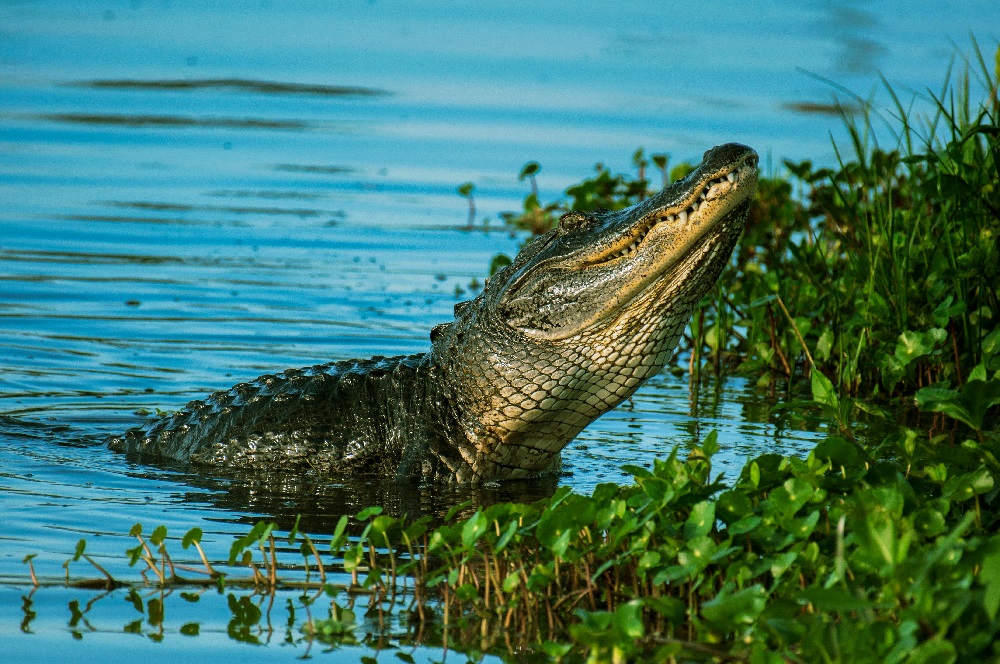
To get ready for another day of exploring Tanzania, you will drive to Lake Eyasi after lunch, which should take around four hours.
Day 6: Hadzabe and Datonga Tribes
Join the hunters of the Hadzabe tribe on their daily hunt to start your day early. They exclusively use bows and arrows for hunting, and they bring small game, such as birds and impalas, back to the settlement.
If their hunt is successful, they could offer you to partake in a few pulls from their tobacco pipes or some barbecued free-range meat. (Of course, if you would rather, you are welcome to respectfully decline the offer.)
Along with other survival skills like wildlife tracking and tree climbing, you can learn how they use a bow and arrow and rub sticks to start fires while you’re here.
If you can’t handle that, you could accompany the women on their daily foraging expedition, gathering berries, fruit, and tubers—nutritious plant parts like stems or roots. You will probably end with a traditional song and dance.
It’s time to visit a Dotoga village in the afternoon. Learn about their ancient blacksmithing techniques here, which include making arrowheads, knives, spears, bracelets, rings, and other jewelry by melting iron, aluminum, or copper.
Travel to Karatu via car in the late afternoon.
Day 7: Ngorongoro Crater
Reaching the crater rim typically only requires a quick 30-minute drive uphill, depending on where your resort is located. You will first see the 610-meter-deep volcano crater bottom from the peak. You’ll start your descent into the crater bottom once you’ve enjoyed the view and shot a few hundred pictures.
You will have lunch in a safe picnic area with a view of a hippo pool after spending the morning observing a wide variety of game and birds.
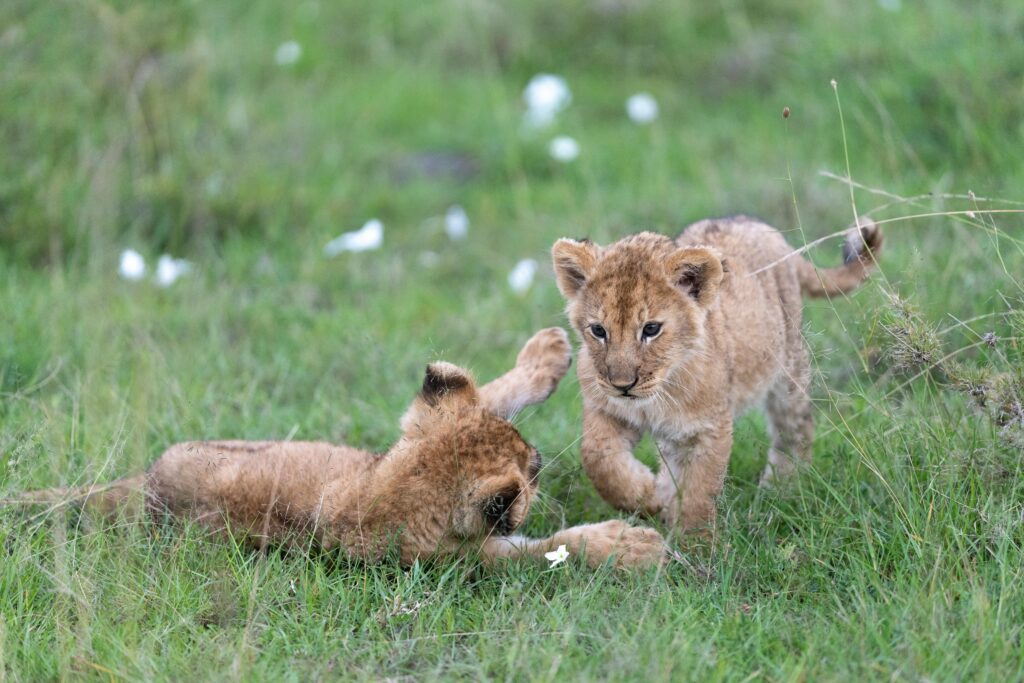
In the afternoon, the safari will continue for a short while before you start the three to four-hour trip to Serengeti National Park.
Day 8-10: Serengeti National Park
The next three days will be spent on game drives, when you will travel through magnificent landscapes and possibly witness the greatest number of wild creatures you have ever seen. There is a lot to see and do.
Game drives are typically started early to maximize your chances of spotting predator activity before they hide from the midday sun. After a long morning of driving through the wilderness, you will pause for lunch at one of the many picnic areas in the park before continuing till dusk.
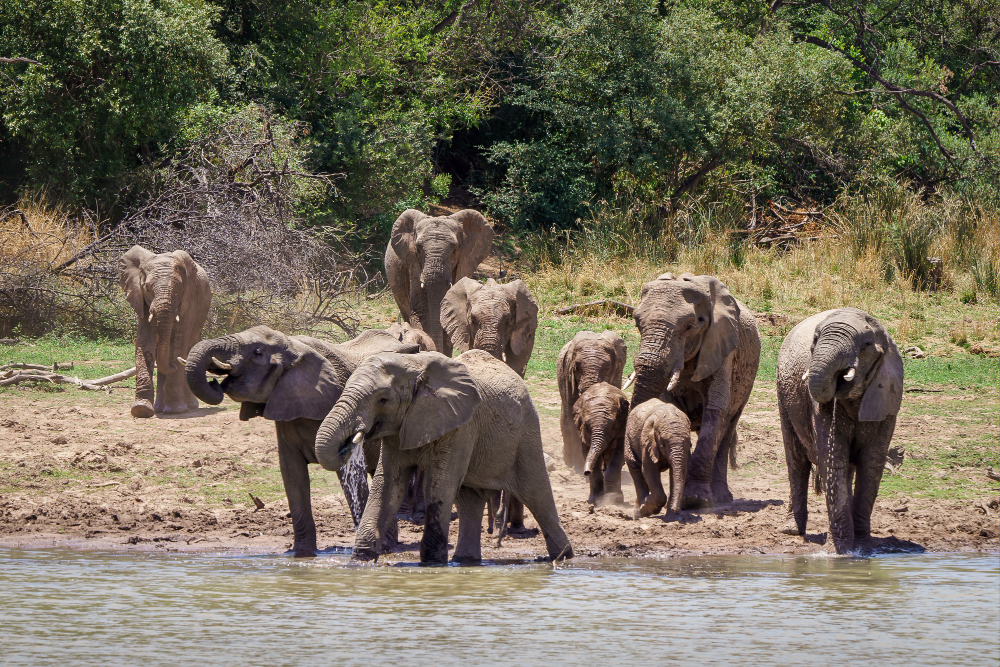
After dinner and a well-earned nap, your days in the Serengeti will come to a close, and tomorrow you will repeat the experience!
Day 11: Zanzibar
Fly or take the ferry to Zanzibar in the morning.
While flying is a speedy 25-minute journey, ferry rides take about an hour and twenty minutes.
There is no need to set up an early alarm because there are frequent daily flights and ferries to accommodate your schedule.
Day 12-14: Zanzibar
There are plenty of amazing sights and exciting activities to do in Zanzibar, so no matter how long you decide to stay, you won’t run out of things to do. You can travel around the island whenever you want and spend as much time as you like if you rent a car.
Just a handful of these locations and activities are included below for your consideration.
Relaxing on the Beach
The entire Zanzibar Islands are home to miles of breathtaking beaches where one may unwind. Almost everywhere you look, you’ll see tall, swaying palm trees, soft white sand beaches, and crystal-clear water. Although each beach has its unique personality and allure, they are all equally stunning.
Nungwi Beach, located on Zanzibar’s northwest tip, is among the best beaches for relaxing and all-around water sports, as well as breathtaking sunset views. Another hidden gem is Kendwa Beach, which is ideal for partying at night and unwinding during the day. Another stunning beach on the southeast coast is Paje Beach, which is great for swimming, kayaking, and kitesurfing.
Snorkeling
One of the greatest places in Africa to go snorkeling is Zanzibar. Barrier reefs encircle the shorelines of nearly every island. Some of these reefs are safe for small children and ideal for total beginners because they are only a few feet from the coast in very shallow water.
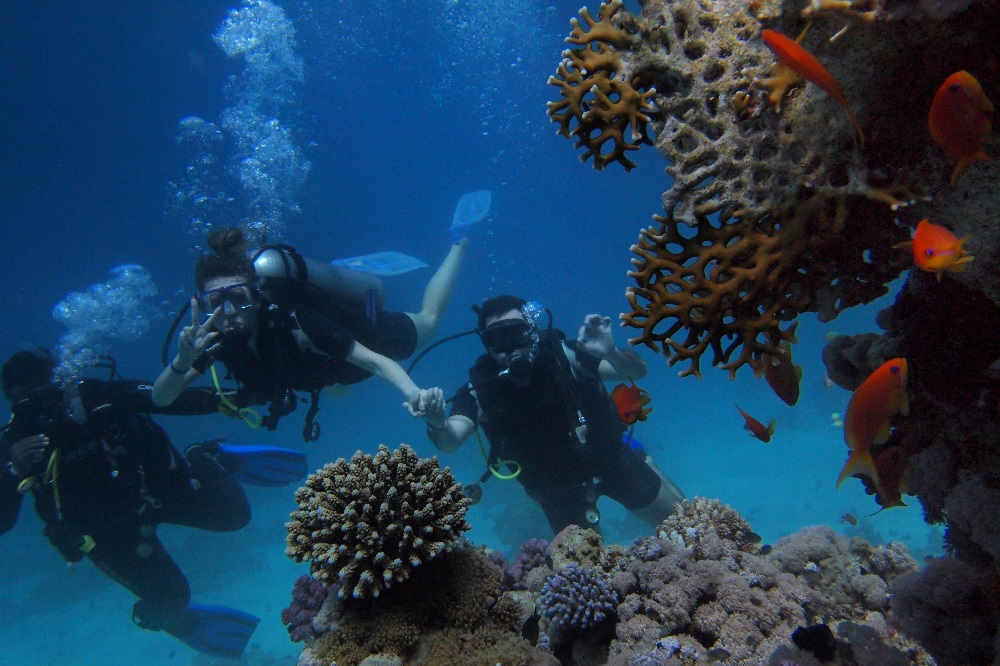
Numerous colorful reef species, including the graceful Moorish idol, multicolored parrot fish, angel fish, lionfish, and the ever-popular, can be found throughout the shallow reefs.
The coral reefs are also home to a variety of predatory species, including huge grouper, barracuda, and trevally. You could be fortunate enough to see a turtle or two grazing on the corals.
Stone Town
Located on the westernmost tip of Zanzibar City, the old Stone Town is a must-see. All of the cultures of Zanzibar’s history and present residents are packed into one small area of less than one square kilometer, hidden in plain sight in all their splendor.
Set aside time to explore its winding, tiny streets for at least a morning or even a whole day, stopping at opulent cathedrals, ornate mosques, intimidating old forts, and the somewhat unsettling slave markets of a fortunately past period.
Along with enticing coffee shops, restaurants providing delicious local cuisine, and colorful street vendors going about their business, you’ll pass by interesting stores selling spices, colorful textiles, local artwork, and souvenirs.
Final Thoughts
That’s it. Three wonderful weeks spent exploring Tanzania and taking in almost everything it has to offer. Between the serene and welcoming seas of Zanzibar Island, where time seems to stop, and the thrill and drama of the Serengeti, where you never know what you’ll stumble into from minute to minute.
After seeing things you’ve likely never seen on National Geographic and travel shows, Tanzania will make you feel like your “mission accomplished.” You could find yourself wanting to return. I was affected by it!

